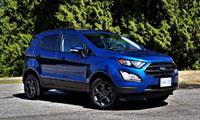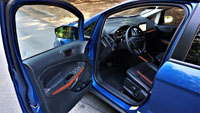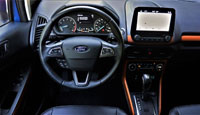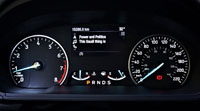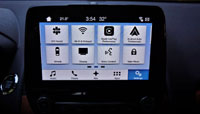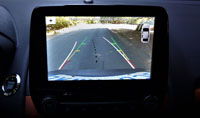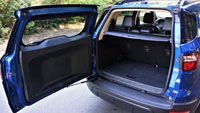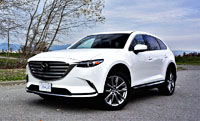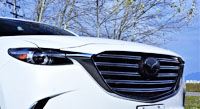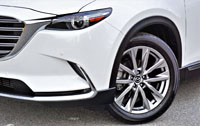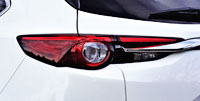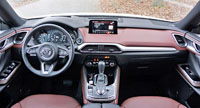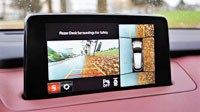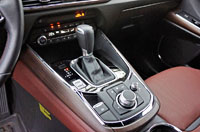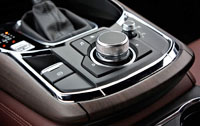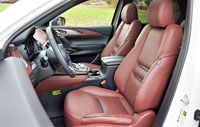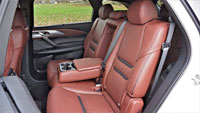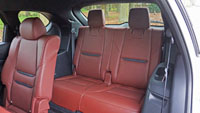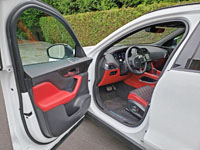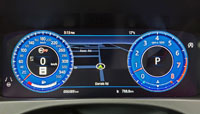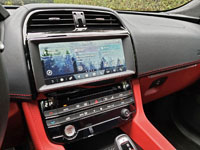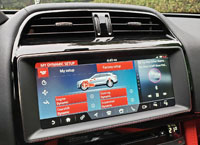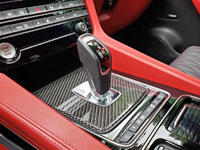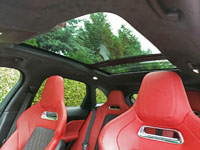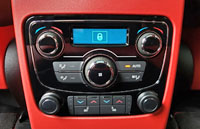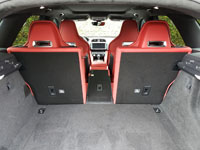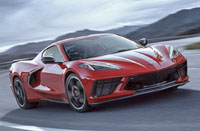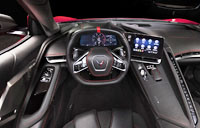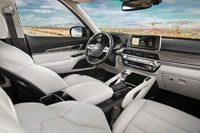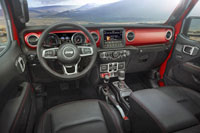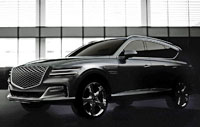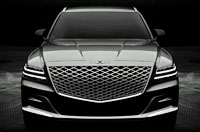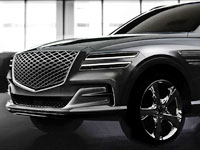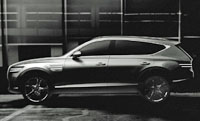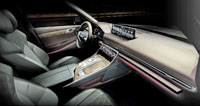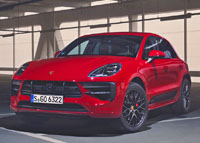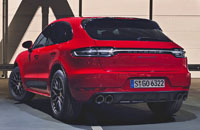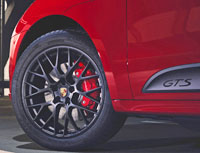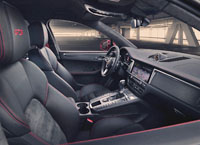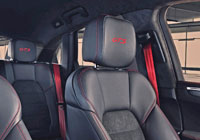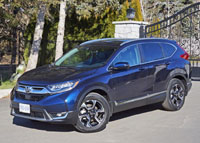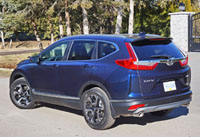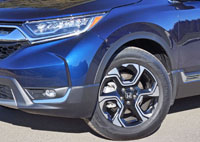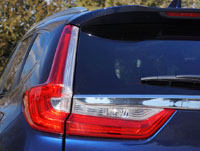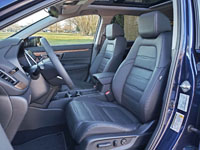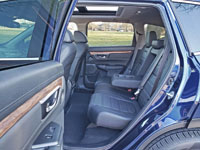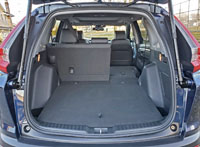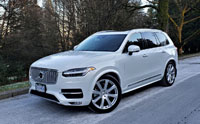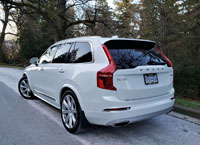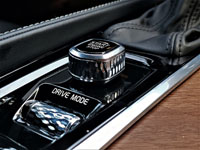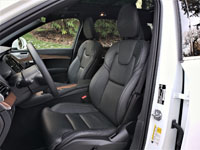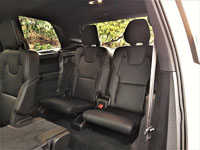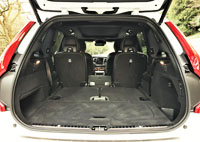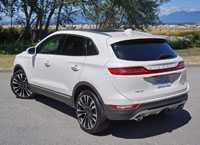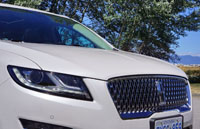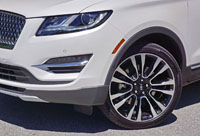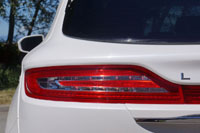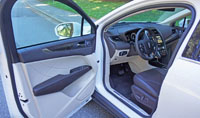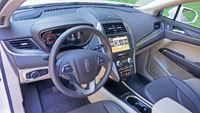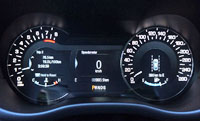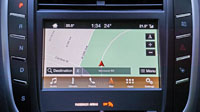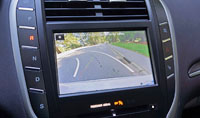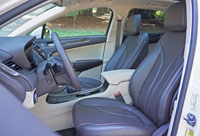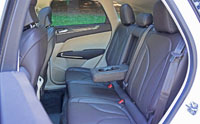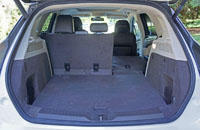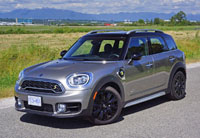
There are certain market segments an automaker wants to do well in. Obviously, higher end models like large sedans, SUVs and sports cars present the opportunity for higher profits, and are therefore important to any brand’s bottom line, while larger compact and mid-size models are critical for volume, but if you’re not able to pull buyers into the fold early on, when they’re moving up from pre-owned to new, or from a mainstream volume brand to luxury, then it’s more difficult to sell those higher end models later on. Or at least that’s the theory.
One might say BMW group owns the subcompact luxury SUV category in Canada. After all, together with the segment’s most popular X1, which found 4,420 entry-level luxury buyers last year, this Mini Countryman that was good for 2,275 slightly less affluent up-and-comers, and the sportiest (and priciest) BMW X2 that earned 1,383 new customers of its own, its total of 8,078 units sales more than doubled what Audi or Mercedes-Benz could deliver in Canada last year.
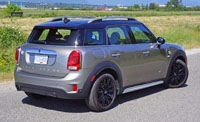
While BMW would no doubt like to eventually pull Mini customers up into its namesake brand, and some now doubt do make the progression, it really exists on its own. What I mean is that Mini has a completely unique character that car enthusiasts aspire to, and not kept around merely as a gateway brand. If a Mini owner was fortunate enough to trade in their Countryman for a larger, pricier SUV, they might just as well choose a Range Rover Velar instead of an X3 or X5. Then again, it’s probably just as likely they’ll stick with their Mini, choosing instead to move up within the brand to a John Cooper Works trim level or maybe even this top-line Countryman S E ALL4 plug-in hybrid.
The Countryman was one of the first subcompact luxury SUVs on the market, arriving way back in 2010. Mini made major improvements for its 2017 redesign, so now this second-generation model has been with us for four years if we include the 2020 model. If you looked at a 2020 and this outgoing 2019 model you wouldn’t be able to notice many changes. Some wheel designs have been changed, a normal occurrence every now and then, with the big updates found under the skin, and then only impacting buyers wanting a manual transmission. Yes, it’s been axed for 2020, mostly because Mini’s U.S. division swapped it out for a standard seven-speed dual-clutch automated gearbox in front-wheel drive models not available here, so it’s almost entirely the previously optional eight-speed automatic across the Countryman line in Canada, whether DIY enthusiasts like it or not.
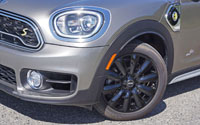
Almost entirely? Yes, the very Countryman S E ALL4 hybrid on this page uses a six-speed Steptronic automatic driving the front wheels via a 136-horsepower 1.5-litre three-cylinder Twin Power Turbo engine. The ALL4 in the name designation denotes all-wheel drive, but unlike the other ALL4s in the Countryman lineup, this model’s rear wheels are solely powered by an 88-horsepower (65kW) synchronous e-motor via electricity stored in a 7.6 kWh Li-Ion battery.
Like with most all-wheel drive systems, power can be apportioned front or back, with the wheels in the rear employed fully in EV mode, or partially when the Countryman detects front slippage and needs more traction. That means it feels as if you’re driving a regular hybrid, with each axle using its motive power sources seamlessly as needed, all working together harmoniously via Mini’s drivetrain management system. The S E ALL4’s electric-only range is a mere 19 km after a complete charge, but who’s counting.
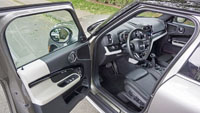
Not even 20 km? Ok, that is pretty minuscule, and many of my colleagues are reporting real world results of 12 and 13 km. Thank goodness Mini made another change to the Countryman line for 2020, a larger batter for a 30-percent gain in EV range for 29 km in total. While this will hardly cause BMW i3 fans to shift allegiances, the added range allows the Countryman S E ALL4 to be used as a regular commuter without the need to recharge until you get to work, as long as your daily commute falls within most peoples’ average. If you really want to go green you can stop along the way for more energy, and it won’t take too much time for the new 10-kWh battery to recharge.
It’s probably not a good idea to use EV mode all the way to work if you need to take the highway, unless it’s bumper to bumper all the way. While the Countryman S E ALL4 can achieve speeds of up to 125 km/h with just its e-motor, you’ll drain the battery in minutes if you try. Instead, you can use its hybrid mode on the highway (up to 220 km/h if you’re feeling frisky) and switch back to EV mode when traveling slower, which maximizes a given charge. The regenerative brakes help to charge up the battery when coming to stops or going downhill, doing their part to maximize zero emissions driving.

I made the point of recharging the battery whenever possible during my weeklong test. I’d grab a coffee at McDonalds and give it a quick charge outside, drop by the local mall and do likewise, and one time stayed a little longer at Ikea’s restaurant in order to fully top it up, plus of course I charged it overnight. Being that it takes quite a bit of effort to find somewhere in public to charge it that’s not being used, the novelty quickly wears off when the battery runs out of juice in a matter of 20 or 30 minutes. Still, its fuel economy is good even when not charging it up all the time, with an 8.4 L/100km rating in the city, 8.8 on the highway and 8.6 combined. Plugging it in more often can give you an equivalent rating of 3.6 L/100km combined city/highway, however, so it’s obviously worth going through the hassle.
At least as important for any Mini, the Countryman S E ALL4 is fun to drive. I can’t think of many hybrid SUVs that include a manual mode shifter, let alone a Sport mode (that actually does something), but all you need to do is slide the switch at the base of the gearbox to the left and this PHEV shoots away from a stoplight with plenty of energy, taking about seven seconds to reach 100 km/h thanks to a total of 221 net horsepower and 284 pound-feet of torque (the electric motor puts out an immediate 122 lb-ft of twist by itself), and while it can’t quite achieve the 301-hp John Cooper Work’s Countryman’s ability to get off the line, the JCW managing just over 6 seconds to 100 km/h, this 1,791-kilo cute ute still feels quick enough.

The S E ALL4 is even more sporting around fast-paced curves, with the kind of high-speed handling expected from a Mini. It’s not as firmly sprung as a JCW, but then again it provides a more comfortable ride. Likewise, the Countryman S E ALL4 is a complete pleasure on the freeway, tracking well at high-speed and excellent at overcoming unexpected crosswinds, my test model’s meaty 225/50R18 all-season tires providing a sizeable contact patch with the tarmac below.
A fabulously comfortable driver’s seat made longer stints behind the wheel easy on the back, my test model’s boasting superb inherent support for the lower back and thighs, with the former benefiting from four-way lumbar support and the latter from a manually extendable lower cushion to cup under the knees (love that). It’s spacious too, both up front and in the rear, with the back seats roomy enough for big adults as long as the centre position stays unoccupied. A wide armrest folds down from middle, housing the expected twin cupholders, while two vents on the backside of the front console keep fresh air flowing. A 12-volt charger has me wondering when Mini plans to modernize with USB charging ports, while no rear seat heaters were included in this trim. At least there was a wonderfully large power panoramic glass sunroof up above, making the Countryman’s smallish dimensions feel bigger and more open.
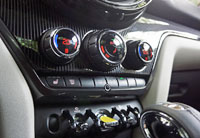
I’ve read/heard a number of critics complain about the Countryman not offering enough cargo space, however, but this little Mini’s cargo compartment design has me sold. Of course it’s relatively small compared to a larger compact or mid-size luxury utility, which is par for the course when choosing a Mini, its dimensions measuring 487 litres behind the rear seatback and 1,342 litres when lowered, but it’s the folding centre section I appreciate most. This allows longer items like skis to be laid down the middle while rear passengers enjoy the more comfortable window seats. The Countryman’s 40/20/40 rear seat split is the most convenient in the industry, while the seats’ folding mechanism feels very well made with everything clicking together solidly. The rear compartment is finished well too, with high quality carpets most everywhere. It all helps Mini make its argument for premium status.
Some buyers don’t consider Mini a premium brand, while those in the know place it alongside (or slightly below) BMW, at least when it comes to the Bavarian automaker’s entry-level models, like the X1. Of course, the X1 xDrive28i starts at a lofty $42,100 when compared to the $31,090 Countryman, but this fully loaded S E ALL4 plug-in hybrid, featuring upgrades like the previously noted sunroof, plus LED cornering headlights and fog lamps, a head-up display, navigation, real-time traffic info, superb Harman/Kardon audio, a wireless device charger, and more, will set you back more than $50k (the S E ALL4’s base price is $44,390), so Mini is in the same league. This pricing spread makes it clear that Mini sits well above most other mainstream volume branded subcompact SUVs, which range in price from $18,000 for the most basic to $35,000 for something fancier in full dress.

By the way, you can find out all about 2019 and 2020 Mini Countryman pricing right here on CarCostCanada, with details about trims, packages and individual options included, plus you can also access money saving manufacturer rebate info, the latest deals on financing, and best of all dealer invoice pricing that could help you save you thousands when it comes time to negotiate. CarCostCanada provides all this and more for every volume mainstream and luxury model available in Canada, so make sure to go there first before stepping into a dealership.

The base S E ALL4 is well equipped too, by the way, including 18-inch alloy wheels on run-flat tires, puddle lamps, a keyless toggle start/stop switch, a sporty leather-wrapped steering wheel rim, well bolstered sport seats with leatherette upholstery, adaptive cruise control, park distance control, two-zone automatic climate control, a large high-definition centre touchscreen with excellent graphics, and more.
Additionally, all of the high-end features just mentioned are housed in an interior that’s finished to premium levels, or at least it’s premium for this compact luxury SUV category. This means it includes fabric-wrapped roof pillars and plenty of pliable composite surfaces, while the switchgear is nicely made too, not to mention brilliantly retrospective with respect to the chromed toggles on the centre stack and overhead console.
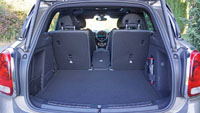
All in all, the Countryman S E ALL4 might be a fuel-efficient hybrid, but it’s also a Mini, which means it lives up to the performance expectations the British brand’s loyal followers want, while also providing a high level of style, luxury, features, roominess, and more. That it’s possible to drive emissions-free over short distances is a bonus, as is access to your city’s high occupancy vehicle (HOV) lanes, plug-in parking spots closer to the entrance of shopping malls, stores, etcetera, and better than average fuel economy whether using EV mode or just its hybrid setup. It’s a bit pricey, but the Countryman S E ALL4 delivers a lot for the money asked.
Story and photo credits: Trevor Hofmann

